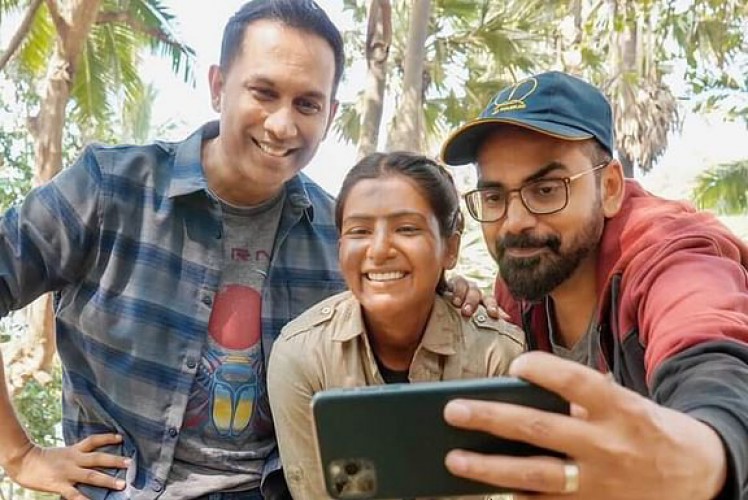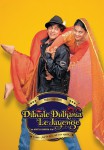The Problem With Samantha Akkineni's Brownface in The Family Man
Brownface is a deeply racist and problematic act. Samantha Akkineni's portrayal of Raji, while well-acted, creates problems for The Family Man.

Walk down the street and look at the shade of people’s faces. Now look at billboards or Insta pics of the top celebrities in Indian films. You instantly realise that the entertainment industry sells an idea of beauty tied to fair skin. Our colonial heritage makes us believe that fairer is better.
Recently, the hit show The Family Man released a second season where Tamil actor Samantha Akkineni plays the role of Raji, the antagonist. Samantha Akkineni’s performance has been praised by audiences and critics alike. But the question on everyone’s minds is - Why has a fair skinned actor been chosen and then subject to brownface?
Raj Nidimoru and Krishna DK, who are the makers of this show were questioned about this in an interview with Film Companion. Raj Nidimoru said, “This whole thing comes in the context of beauty, when you're trying to say dark skin is not beautiful and fair skin is beautiful. This is not that context, number one. There is no context of skin beauty in this. We are all shades of brown. Now, the idea is that if each one is a shade of brown, so it's not about getting a different race to play this (character). It's not a race thing either…. (Raji) is a soldier, she's a weather-beaten girl, there's no time for worrying about self-care. If you're a soldier in the Himalayas, your face is going to be red, that's the makeup. “
This is problematic on two levels.
The first issue is related to the definition of beauty. Raj is stating that beauty is not important. In that statement is implicit that if beauty was important, then the girl would have to be fair. This perpetuates the stereotype that pretty girls are fair whereas “weather-beaten” girls have dark skin.
Add to this, the fact that countless dark skinned female actors get rejected from films because they aren’t fair enough. If a dark girl is not suitable for a light-skinned role, then surely there are a slew of fine dark skinned actors that could be utilised for this role.
The second issue that Nidimoru brings in is about race. The portrayal of a negative character with dark skin has roots in India’s colonial history. Our colonial history was only possible with Indian’s falling prey to the British lie that the white man was superior. Early portrayals of brownface or brownvoice (where a white person imitates an Indian accent) are always done with the intent to mock and look down on the character that happens to be of Indian origins. This in turns leads to the equation:
Fair skin = Good
Dark Skin = Bad
By using brownface, the show makers are pigeonholing dark skinned people into a brand of racism that is unique to India. A brand where young girls are forced into a culture of using whitening creams and the "fair" Indian is considered more desirable. A great example of this brand of racism is when Priyanka Chopra was cast as Mary Kom in Sanjay Leela Bhansali’s biopic about the famous boxer. I will repeat myself - surely there were a slew of capable actors of North Eastern origins and any one of them could have played the role perfectly.
Representation matters. When girls and women all over the world watched Wonder Woman, they said it inspired them. By using brownface, the makers have taken away the power of representation. Instead they end up being (and I quote from the interview where they say they don't wish to be) “irresponsible filmmakers…who propagate (racism) of that kind.”



.jpeg)
.jpg)
.jpg)



.jpeg)

